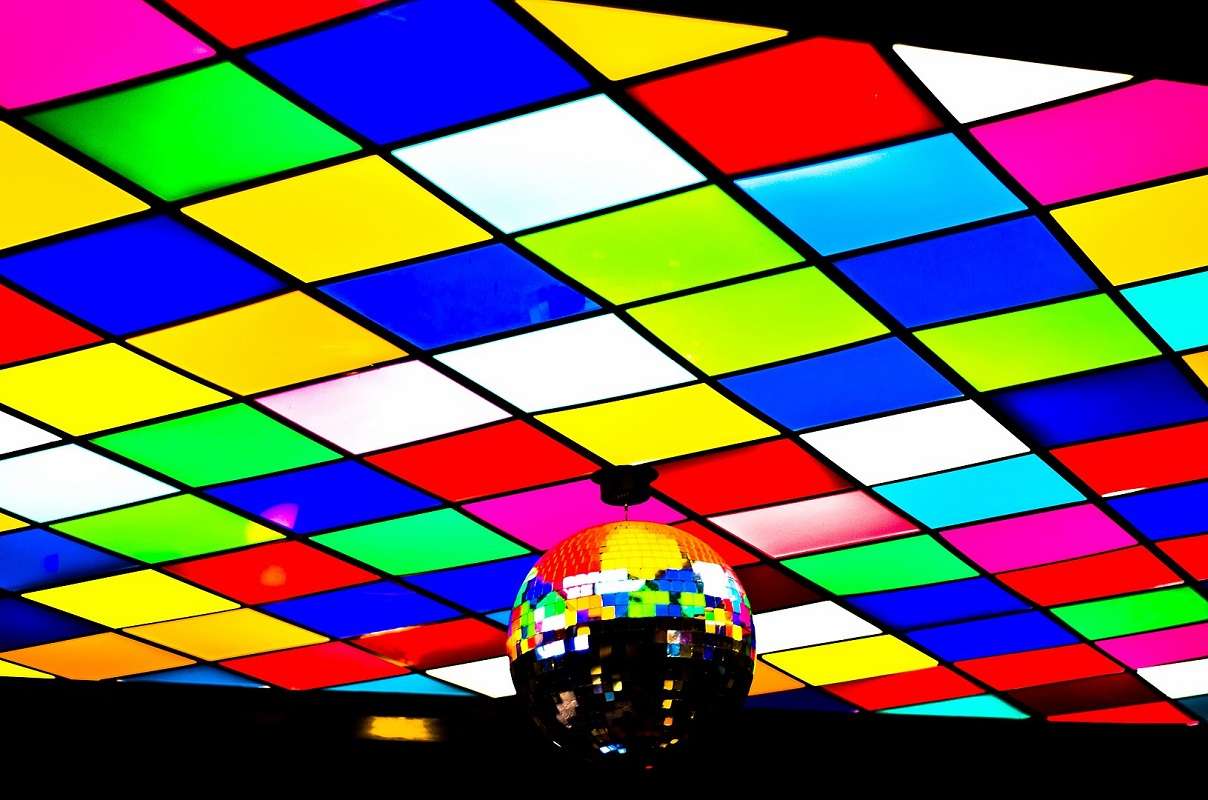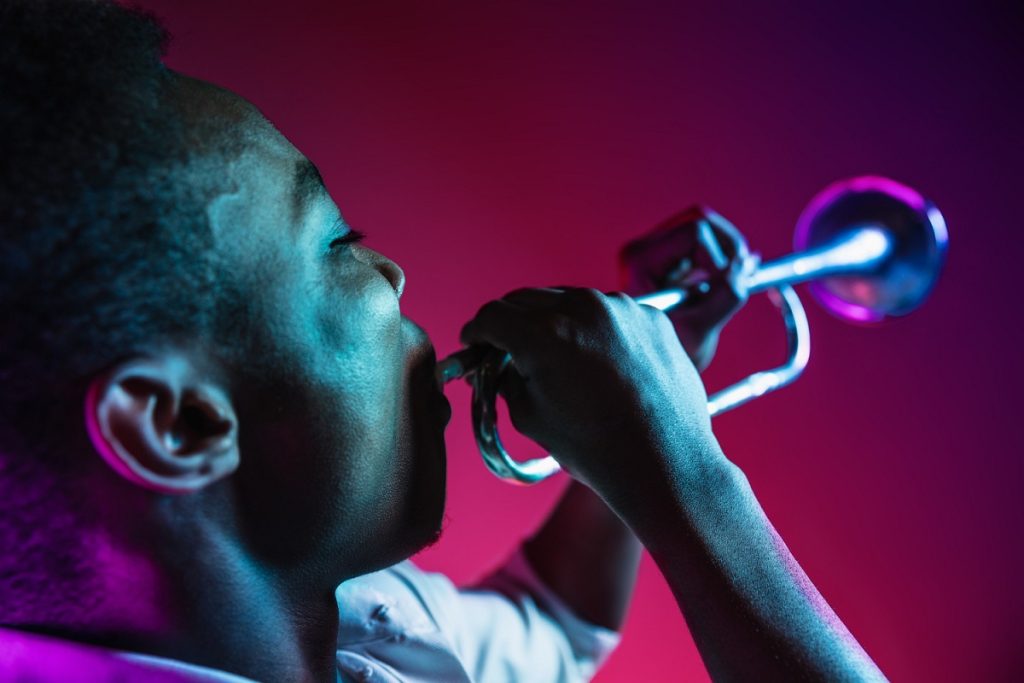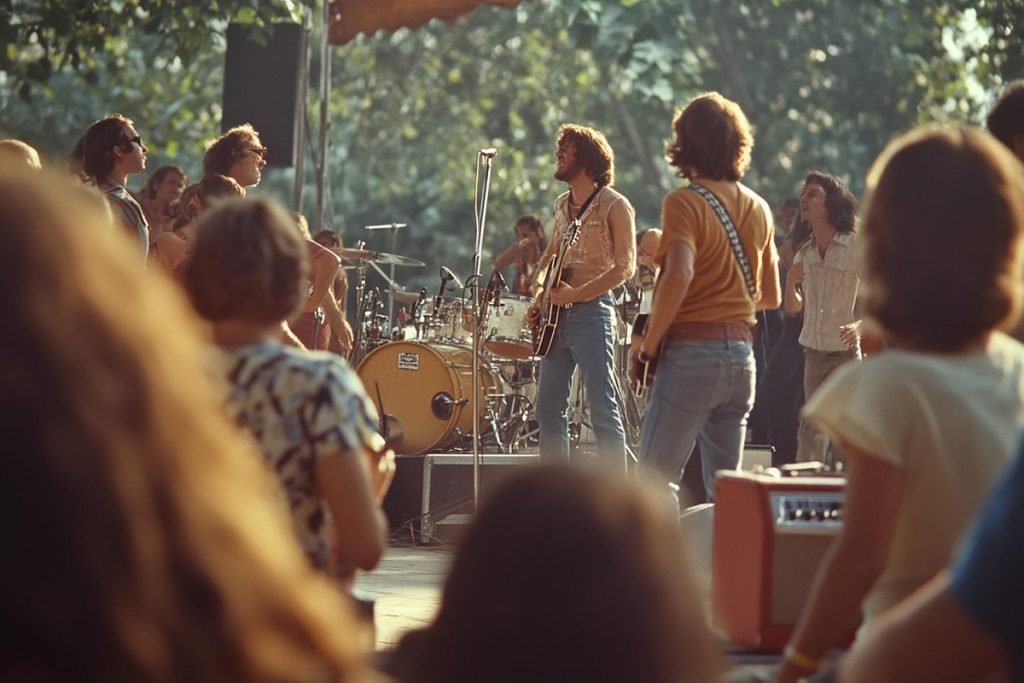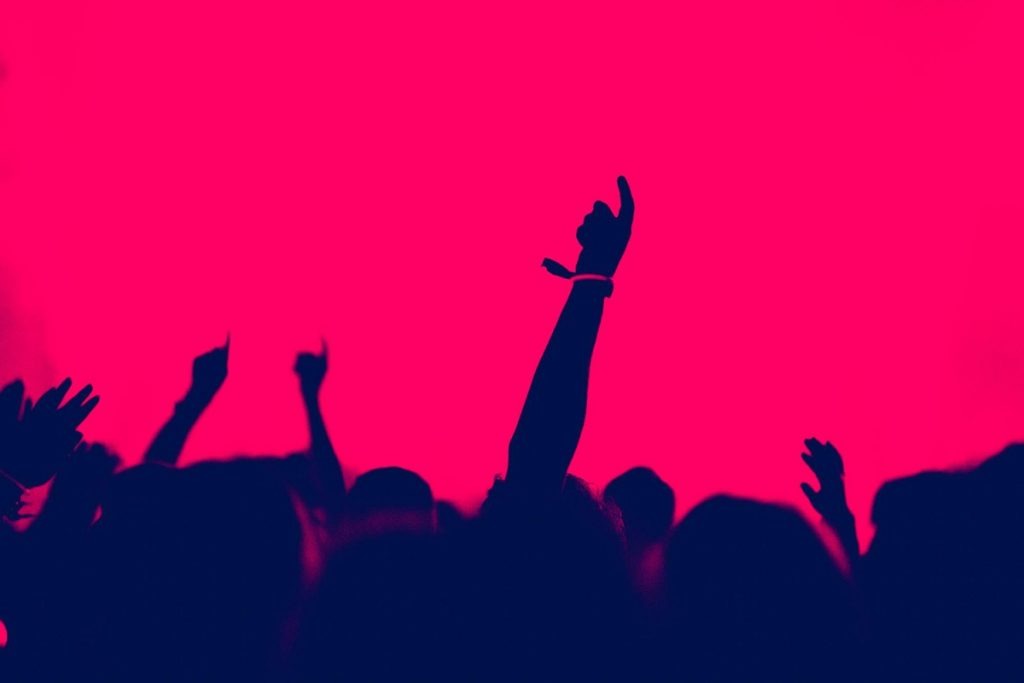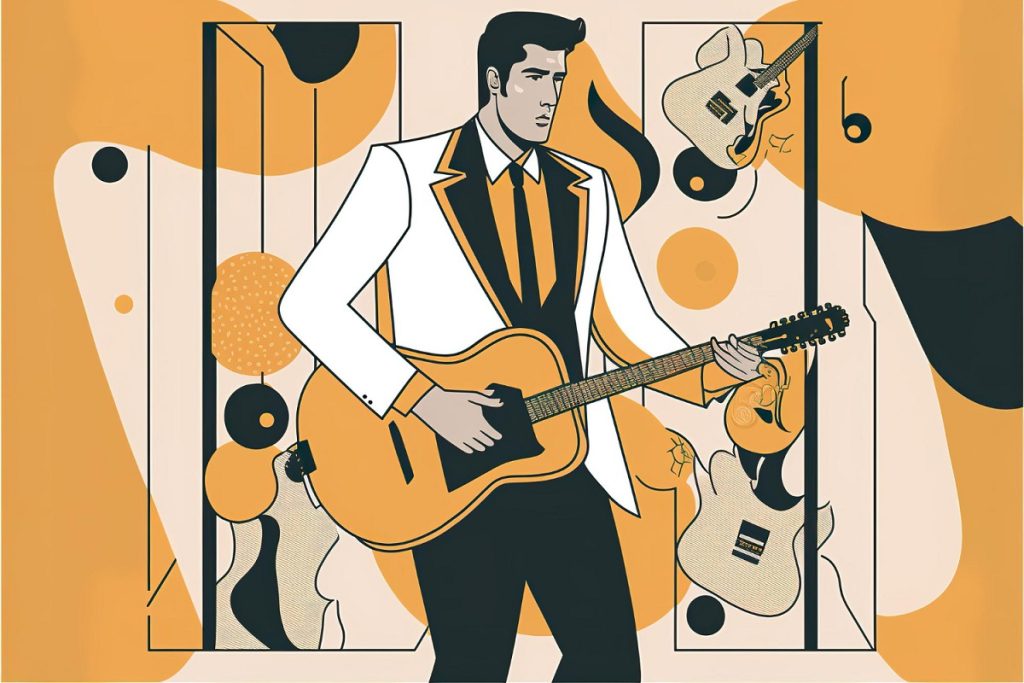The 1970s disco phenomenon wasn’t just a musical style; it was a cultural movement that encapsulated fashion, attitudes, and social change.
Driven by a beat that demanded you get up and dance, disco became emblematic of the decade, creating legendary artists and tracks that continue to influence music today.
Key influencers and iconic albums of the disco era
Understanding how disco commanded the dance floors of the 70s involves delving into the works of pivotal artists and groundbreaking albums whose beats defined a generation.
Donna Summer: The Queen of Disco
Donna Summer’s partnership with producer Giorgio Moroder on albums like “Love to Love You Baby” (1975) and “I Feel Love” (1977) not only produced hits but also pioneered electronic music techniques that would influence dance music for decades to come.
Bee Gees and “Saturday Night Fever”
The Bee Gees were instrumental in popularizing disco music on an international scale. The 1977 soundtrack for “Saturday Night Fever”, spearheaded by the Gibb brothers, became a monumental success, shaping mainstream music and turning disco from a niche club goer’s genre to a worldwide phenomenon.
Chic’s Innovative Sound
The band Chic brought a sophisticated style to disco music, characterized by Nile Rodgers’ distinct, choppy guitar style and Bernard Edwards’ fluid bass lines. Tracks like “Le Freak” and “Good Times” weren’t just popular hits; they were staples in the disco music scene, influencing genres and artists beyond the disco spectrum.
Transcending dance floors: cultural and historical Impact
Disco wasn’t confined to the club scene; it played a pivotal role in social issues, including the LGBTQ+ rights movements and the redefinition of American nightlife. Notably, disco provided a safe space for marginalized communities to express themselves freely, away from societal judgments.
Studio 54: the epicenter of Disco culture
The legendary nightclub Studio 54 in New York City became synonymous with disco’s opulent lifestyle. Celebrities, socialites, and ordinary clubgoers mixed under the same strobe lights, dancing to the same beat, showcasing disco’s unique ability to bridge social divides.
The backlash against disco in the late ’70s, culminating in events like the infamous “Disco Demolition Night,” highlighted the genre’s intersection with racial and homophobic tensions, reflecting deeper societal rifts.
Interesting insights and lesser-known facts
Did you know that the term “disco” is derived from the French word discothèque? Initially used in post-WWII Paris to describe clubs where records were played instead of live bands, it became the shorthand for America’s most feverish decade of dance.
Moreover, the iconic disco track “I Will Survive” by Gloria Gaynor, hailed as an anthem for empowerment, was originally a B-side to a lesser-known song, proving that disco’s gems are not only rhythmic but laden with historical irony.
Enduring legacy and continued relevance
The reverberations of disco continue to be felt across many modern music genres, from house to hip-hop. Artists like Madonna, Lady Gaga, and Daft Punk have drawn heavily on disco’s styling and attitudes, proving its lasting appeal and enduring influence on dance music.
In essence, while the disco balls may have stopped spinning in the late 1970s, the spirit of disco — with its glitz, inclusivity, and relentless optimism — continues to inspire and move music lovers around the world.
What began as a rhythmic liberation on dimly lit dance floors has translated into a timeless cultural and musical philosophy: everyone has the right to dance, celebrate, and live out loud.

